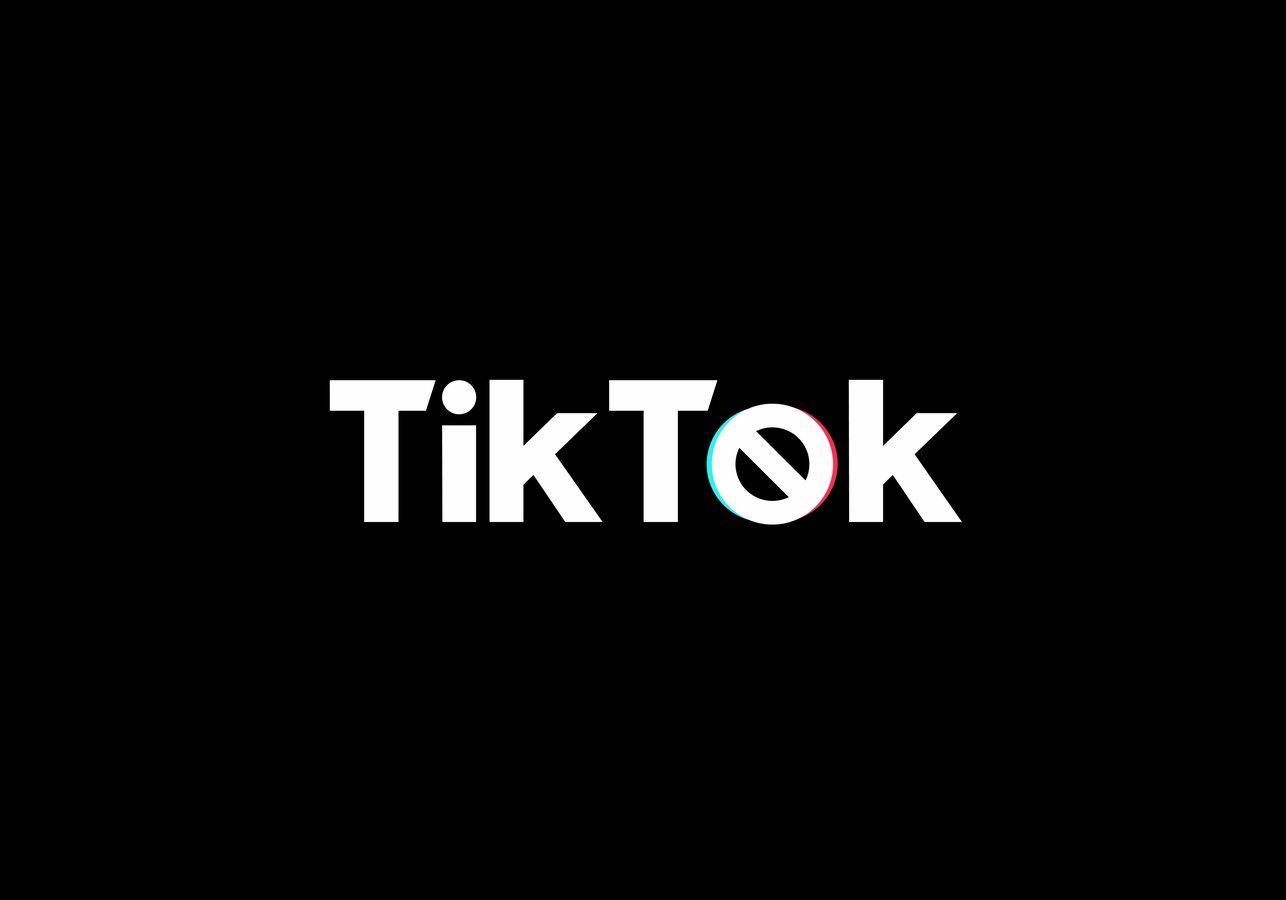Multi-Channel Attribution Modeling for Digital Marketing
How to choose the right model to fit your business.

With the growth of the digital landscape and more marketing dollars going toward digital, there is a growing demand for better multi-channel attribution modeling. How do the different channels contribute to generating sales? Should we be giving more credit to one channel over the other?
To answer those questions, each touchpoint a consumer crosses whether it be paid or organic, online or offline should be accounted for. By using multi-channel attribution modeling to analyze the effectiveness of each channel, weighing their contribution, and analyzing the network effect between channels, you can create a better understanding of your marketing programs and optimize your digital campaigns.
To illustrate the customer journey in today’s multi-channel path to purchase, let’s start with a common shopping example that we can all relate to:
Summer is just around the corner. You are starting your research early for upcoming summer activities and looking for the newest and trendiest bathing suits. As you are researching bathing suits through Google search, several ads pop up. You click on an ad and are taken to the website.
At some point, you’ve searched for the brand on Google, clicked an organic listing this time around, did another search and clicked on a trademark ad. Towards the end of your purchasing journey, you are already further down the funnel and going directly to the site. You sign up to receive 15% off your first purchase via an email and instantly complete the transaction.
After hitting several different touch points within Google Analytics, only the last click will get the credit (when reviewing last click attribution modeling reports in GA). Yet, it is obvious that you went through several different sources before finalizing your decision. Each outlet should have some credit assigned to it.
What is Multi-Channel Attribution?
A multi-channel attribution model is the set of rules which credits sales and conversions to the assigned touchpoints in a conversion path. We can see a limited path of those conversions within Google Analytics but not the complete pathway, which makes it necessary to create a multi-channel attribution model outside of Google Analytics.
There are five known multi-channel attribution models:
1. Last Click Model
2. Linear Model
3. Time Decay Model
4. Position Based Model
5. First Click Model
Last Click Model

Last click would give 100% credit to the last clicked touchpoint within Google Analytics. In the previous scenario above, the search started off by clicking a paid ad and then hit several different touch points until making the final conversion through email with the 15% off.
Although this method is not the most ideal model for multi-channel attribution, it does play a part in knowing which touchpoint lead to the final sale.
Linear Model

It’s an unbiased model since it will distribute revenue credit across each touchpoint. Twenty percent would spread across each channel since every single touchpoint played into the consumer buying cycle.
Marketers should consider this model due to an unbiased approach. An average online shopper would interact with a brand 4.3 times over a two-day period. Imagine each of those touchpoints playing a part in your digital strategy.
Time Decay Model

Gives credit to the touchpoint that is closest in time to the sale. Each channel will still get credit but at a smaller percentage. Direct and email would get the most credit since they were the last two touch points before completing the purchase.
If you’re looking at historical data and notice the trend of email and paid search receiving the most credit when a shopper finalizes the sale, you’ll want to invest more ad spend for those touchpoints.
Position Based Model

The credit is distributed higher for the first and last interaction. Forty percent would go to the first paid ad and the other 40% would go to email. The remainder of the 20% would be spread equally through the middle touchpoints.
If you value first and last touchpoints more highly than the in between touch points, you’ll want to use this model. For your digital strategy, you’ll want to know which action drove the customer to that first touchpoint. Was it a paid or organic listing?
And lastly, you want to give an equal credit to the last touchpoint (as well as the first touch) the shopper made that lead to a conversion.
First Click Model

The first touchpoint that a customer interacted with receives 100% of the credit. With the example above, the first click happened through a paid ad. Similarly to last click model, marketers should expand their multi-channel attribution approach because you will not be giving enough credit to the other 3 - 4 touchpoints a shopper makes before the purchasing decision.
Choosing the Right Multi-Channel Attribution Model
There are no right or wrong models - you should choose the model that fits best with your business, planning approaches, and company management culture.
At Cuker, we help businesses create the right multi-channel attribution models and understand the lifetime customer value so you can better analyze and optimize your marketing using data. We also work with businesses to understand the network effect of the multiple marketing channels and how creating a connected customer journey through your digital ecosystem can build your brand online. If you need help, let's talk.





